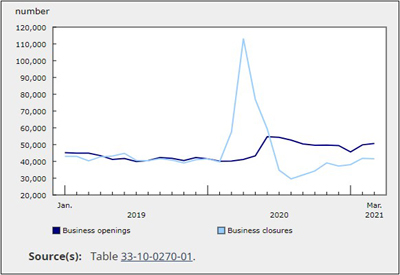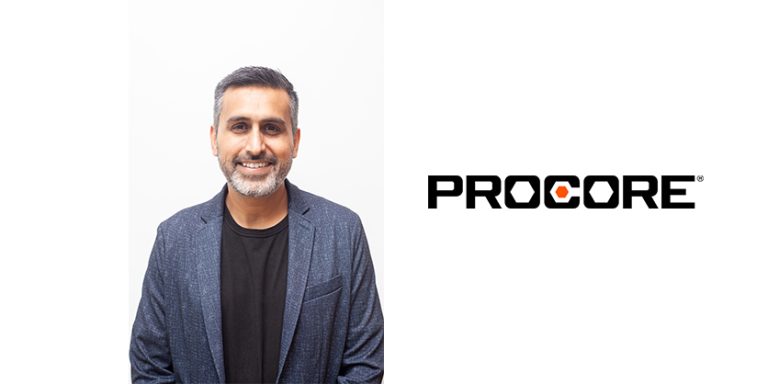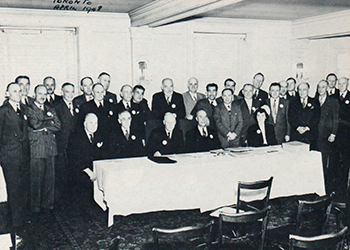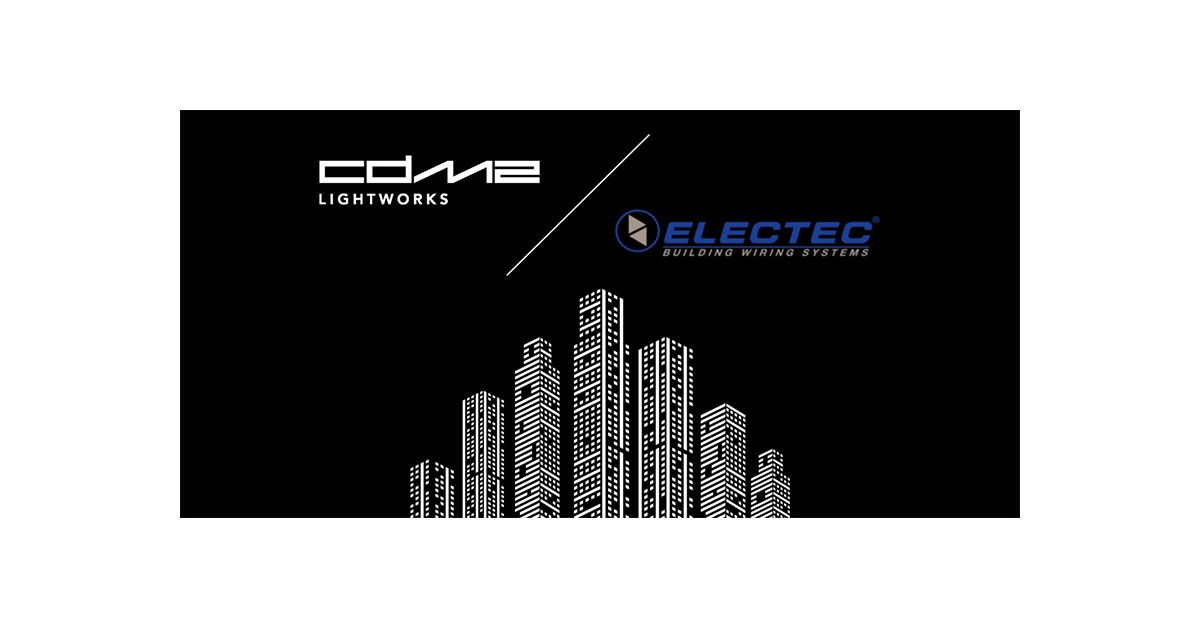Change is About to Hit Our Industry
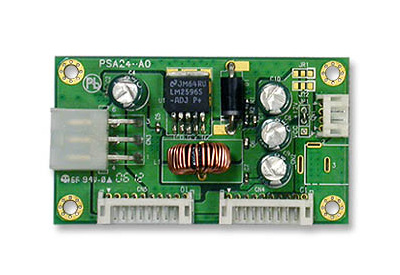
Rick McCarten
I have been interested in direct current (DC) power for a couple of years now. My interest stems from two issues: first, many products require DC to run and require adapters or converters to make the change from AC. Secondly, a number of sustainable sources of power, like solar, produce DC.So why convert power that is produced in DC to alternating current, only to convert it back again when the power is put to use?
A number of things are now coming together that shine further light on DC power and how it will take hold. I believe this is a great opportunity for our industry to lead the way.
Take for instance the news from Tesla in California, about their new home batteries that store electricity in DC. A “Powerwall” can be installed in your home to store off-peak power or receive power from solar panels. This represents an opportunity for our industry to get more involved in the process of providing power. Installers will play a bigger role in setting up power systems to both homes and buildings.
Then, consider what is happening even closer to home. In Toronto, Cisco just completed lighting their Innovation Centre. More than 1,200 lights are installed in five floors and are powered by low voltage DC. The voltage is so low that the wiring can be done using Ethernet cable.
Cisco’s Rick Huijbregts, Vice President of Industry Transformation, heads up the project and is one of the keynote speakers at this year’s EFC Conference at the end of this month. The 1,200 lights all connect to a Cisco “port,” which is like a distribution panel and a computer combined. The Ethernet cable carries the power, the lights distribute WI-FI to the rooms, and the WI-FI sends instructions to light.
Picture this: you are walking into a building, which reads your smartphone and recognizes who you are. The lights turn on as you make your way to your office. When you get to your office, your smartphone connects through the lights to the Internet, as does your computer or any other device by Bluetooth—or potentially by an extension that also includes DC for power. Sensors are fed back that dim the lights when it is sunny outside or as set in preferences by the user. If the lighting doesn’t meet your needs, you can simply use your smartphone to adjust it.
Another one of our speakers at this year’s conference is Gregory Reed from the University of Pittsburgh. Gregory heads up a lab that studies the uses and advantages of DC. Every time we transfer from AC to DC power we use between 7-20% of the power. Think of the savings you can accrue by having a direct power line feeding all of the direct current products.
Just for fun, let’s put the two systems mentioned above together; after all, that is what distributors do. Let’s connect a Tesla “Powerwall” home battery system to solar roof panels and the utility. Let’s power up a Cisco port and feed power through Ethernet cable to all of the lights and outlets in the house. Let’s hard-wire things like the dryer, the stove and some 110 voltage outlets scattered around the house. Now, connect your computer and your modem to the Ethernet port and you have a smart, energy-efficient house.
I have heard some concerned feedback about DC power in our industry. Several members have said that this reality is 15 years away. They say the codes and standards issue would alone take years to change and implement. But, according to a Philips’ presentation, the Ethernet system is now covered by existing PoE (power over Ethernet) standards. The system appears to bypass current electrical codes and standards and years of regulatory dogma. It is amazing to me that at the same time that we were being told it won’t work, it is being installed and implemented just miles away from our office.
Today, change is happening faster than we think. Another conference speaker, David Houle, will discuss how this decade will undergo more changes than in any other decade in the history of our world. We have all seen change in music, books and electronics; now, there are signs indicating that it is starting to happen to our industry. In fact, in a recent Harvard Business article, Jeffery Immelt, CEO of General Electric, stated that manufacturing corporations will soon be replaced by software corporations as the dominant players. In this new age, software companies are about to do to manufacturing companies what manufacturing did to agriculture 150 years ago. Not eliminate it, just commoditize it.
As in every case, when there is change there is opportunity and risk. Those who succeed will be the ones who take the bull by the horns.
Rick McCarten Is VP, Electro-Federation Canada.
Read more in Canadian Electrical Wholesaler by Rick McCarten
Should Distributors Sell Robots?
Agility: Knowing Your Competition
The Big Picture
Could our Industry Lose the Lighting Market?
Adapting to the Future with Young Talent
If Your Customers Can See More, You Might Want to Help Them See Even Further
Health and Sciences Could take a Lesson from the Electrical Industry
Change is About to Hit Our Industry
Challenges of the Digital Age
Agility: The Customer Landscape
Agility is the New Lean: Alexander Defeats the Persians
Agility is the New Lean
The Gap Between “Us” and “Them”
Our Industry Needs to Help Canada Skate to Where the Puck is

